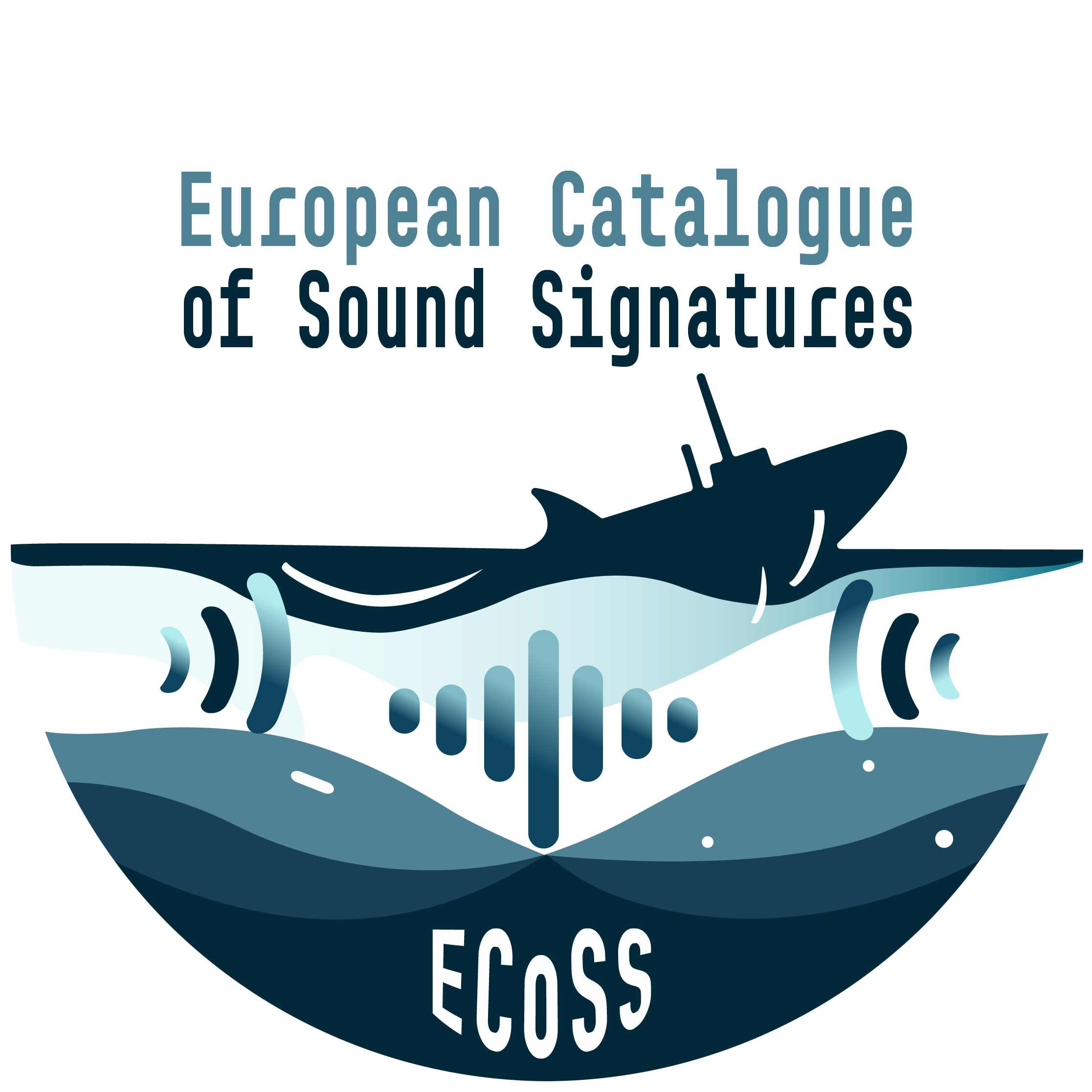asNeeded
Type of resources
Available actions
Topics
Keywords
Contact for the resource
Provided by
Years
Formats
Representation types
Update frequencies
status
Scale 1:
Resolution
-

EMODnet Physics - PSAL_002 - near real time salinity in the water column from multi platforms observations. The product presents the latest 7, 60 days and 12 months of measurements from fixed and moving platforms.
-
EMODnet Physics - TSM_BalticSea - Concentration of total suspended matter (conc_tsm, mg/l) is a product of the Coastcolour L2W Concentrations Data, obtained from the OC4 algorithm for clear and moderate turbid waters, and from the CoastColour v1 neural network.The L2W product was then remapped on a regular grid, maintaining the 300 m full resolution, in order to obtain L3 products over the Baltic Sea and monthly averaged. Developed by EMODnet Physics.
-
EMODnet Physics - TSM_NorthSea - Concentration of total suspended matter (conc_tsm, mg/l) is a product of the Coastcolour L2W Concentrations Data, obtained from the OC4 algorithm for clear and moderate turbid waters, and from the CoastColour v1 neural network.The L2W product was then remapped on a regular grid, maintaining the 300 m full resolution, in order to obtain L3 products over the North Sea and monthly averaged. Developed by EMODnet Physics.
-

Operational in situ river outflow data. The product includes near real time data from European river stations.
-
In situ data for global winds at sea/ground level. This product provides the user with in situ data of the last 60 days. Wind speed is presented in false-colour.
-
Read the abstract and supplemental information provided in the Vector template for more details.
-
Global mapped climatologies of temperature using the Data Interpolating Variational Analysis (DIVA) mapping method. This product covers all ocean basins over the years 1972 to 2013, and provides vertically interpolated data onto 33 standard depth surfaces, and gridded by bin averaging in each 1° × 1° grid cell. This product is based on the GLODAP (Global Ocean Data Analysis Project) dataset v2.2016b, built with surface-to-bottom ocean biogeochemical bottle data
-

Database of annotated data - This dataset focuses on real-time or in-situ sound signatures from marine environments. These sounds have been validated and labelled by experts (team members) and are harmonized in terms of characteristics, metadata, and format. It serves a dual purpose: as a training set to refine the AI algorithm and as a test set to validate its performance.
-

EMODnet Physics Relative Sea Level Trends - PSMSL - collection of in situ data (time-series) as recorded by tide gauge platforms
-

Collection of the in situ operational data further elaborated and integrated into a EMODnet data repository operational node
 EMODnet Product Catalogue
EMODnet Product Catalogue